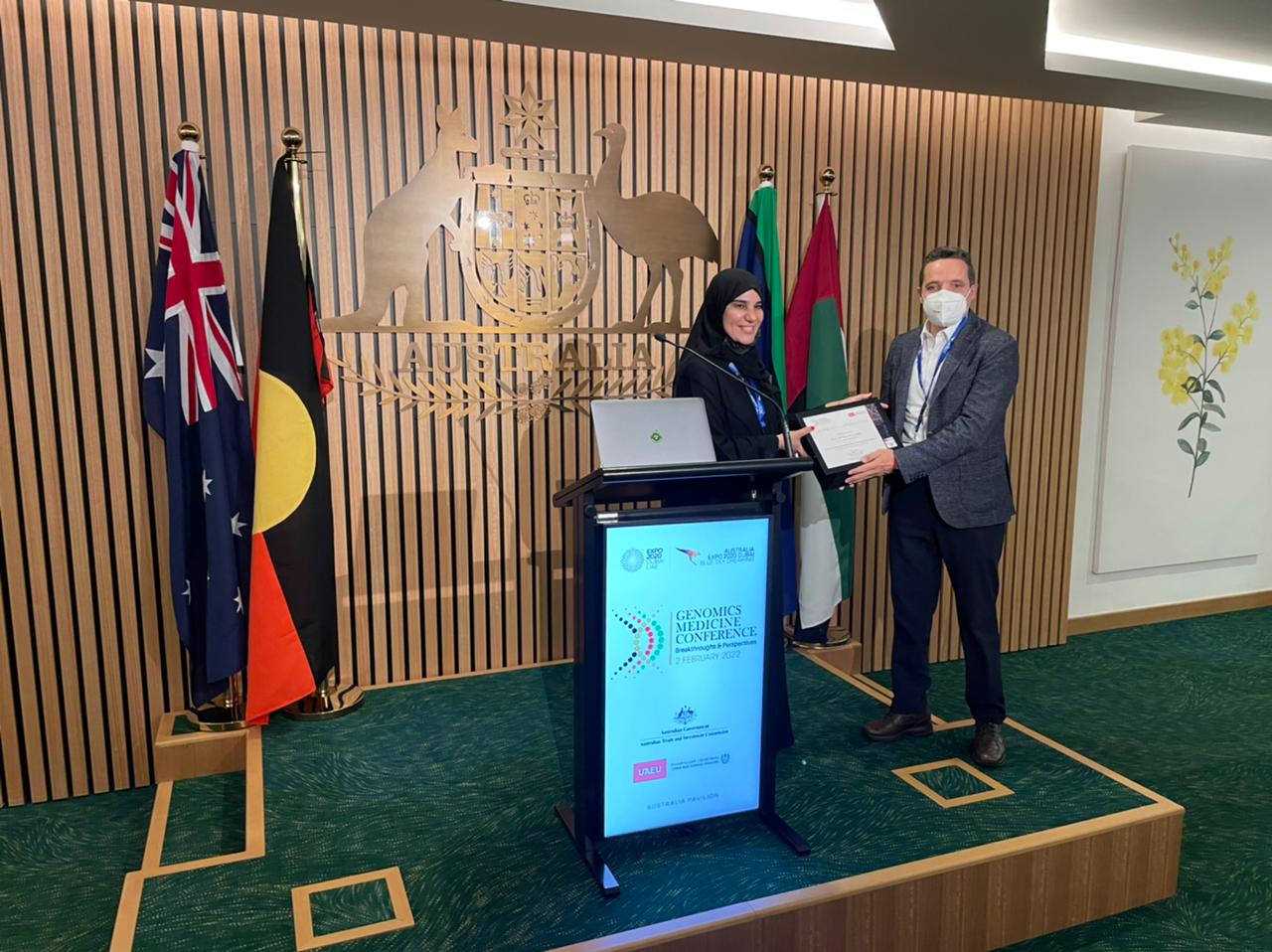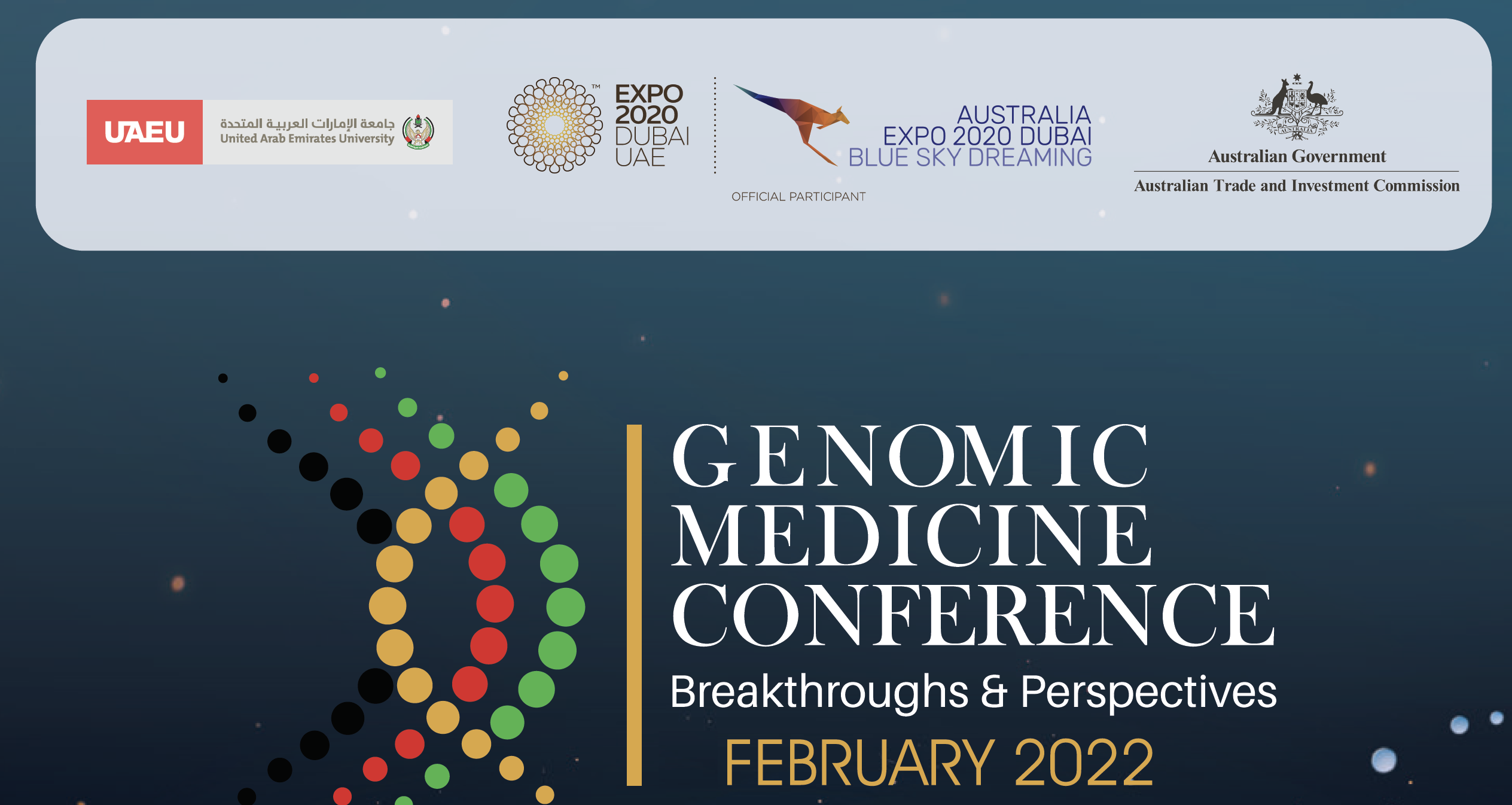AIR Institute presents the DEEPNGS tool at Expo 2020 Dubai
We had the opportunity to give a guest lecture "Next Generation Sequencing: an exciting challenge!" at the Genomic Medicine Conference, Expo 2020 Dubai, organized by the United Arab Emirates University and the Government of Australia. During the keynote, AIR Insitute President Juan Manuel Corchado talked about our work in this field and the DEEPNGS tool.

Next generation sequencing techniques
Also known as massively parallel or deep sequencing, Next Generation Sequencing (NGS) techniques have revolutionized current genomic research. The use of the latest technologies in NGS (cloud computing, artificial intelligence, machine learning) allows for the sequencing of entire human genomes in a single day. Previous conventional Sanger technologies took more than a decade to complete this process.
However, NGS has not become an everyday clinical practice just yet. End-user applications must meet the real needs of every physician, every lab technician, every DNA analysis lab, every researcher.... And there are plenty of pipelines and multiple data sources that can be used depending on those needs.
DeepNGS is a fast, automated platform for clinicians and researchers. It processes sequenced human DNA samples and obtains a set of key genetic variants for the clinical diagnosis of any patient.

Our platform incorporates all the patient's genetic data in a highly secure cloud environment and achieves a higher level of accuracy. It is able to digest the information to ensure the accuracy of the final diagnosis and the appropriateness of treatment recommendations. We progressively incorporate ML algorithms to optimize the analysis process and achieve even better and more reliable results. Random Forests
The result is a set of detected variants, they can be single nucleotide variations (SNVs) or INDELs and structural variants. The platform also distinguishes germline variants from somatic variants, which are characteristic of tumor cells and whose correct detection is essential in the diagnosis and treatment of this type of disease.
Once the alignment, variant detection and annotation stages have been completed, the intuitive DeepNGS interface provides an overview and a wealth of visualizations from which conclusions can be drawn immediately.